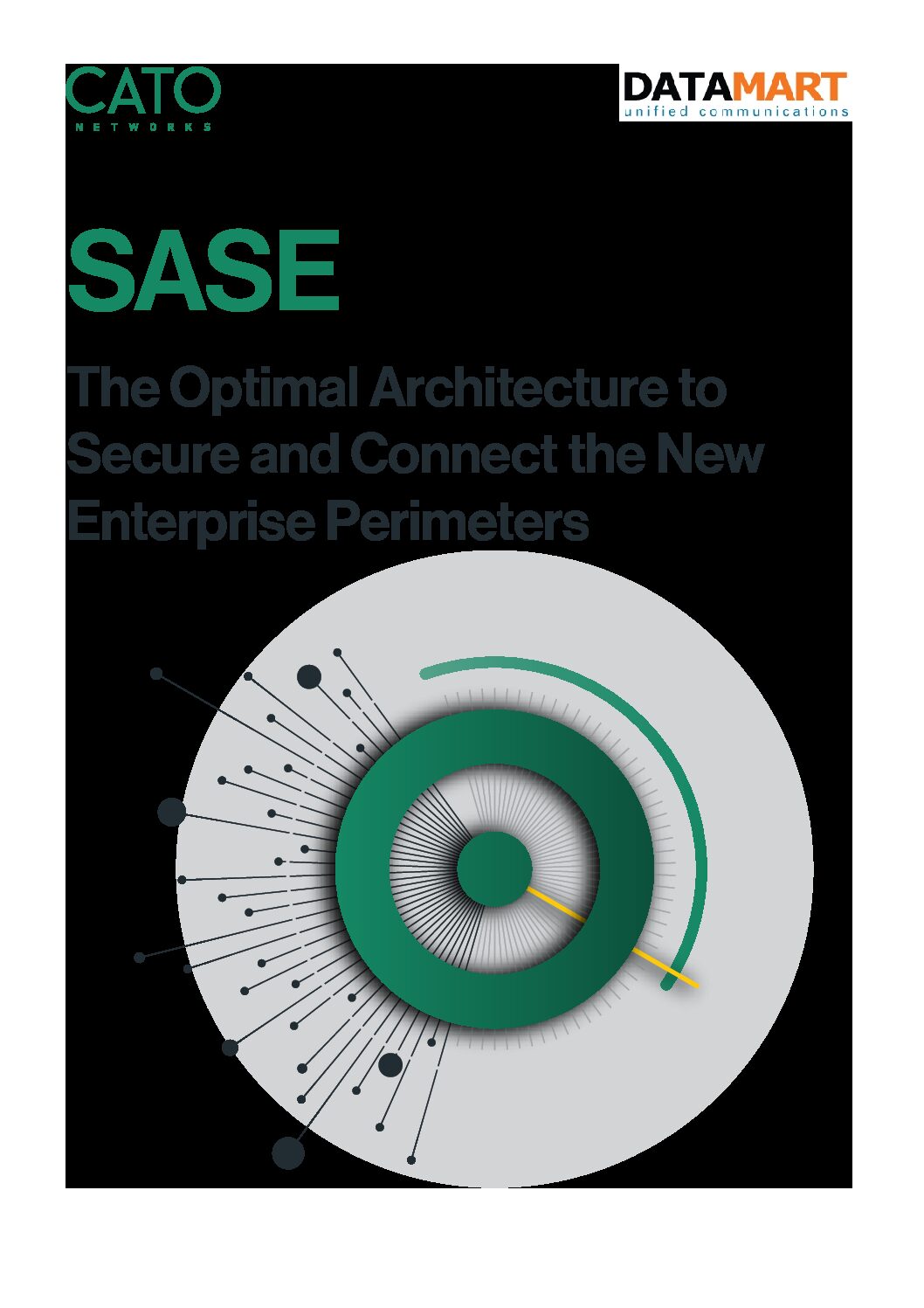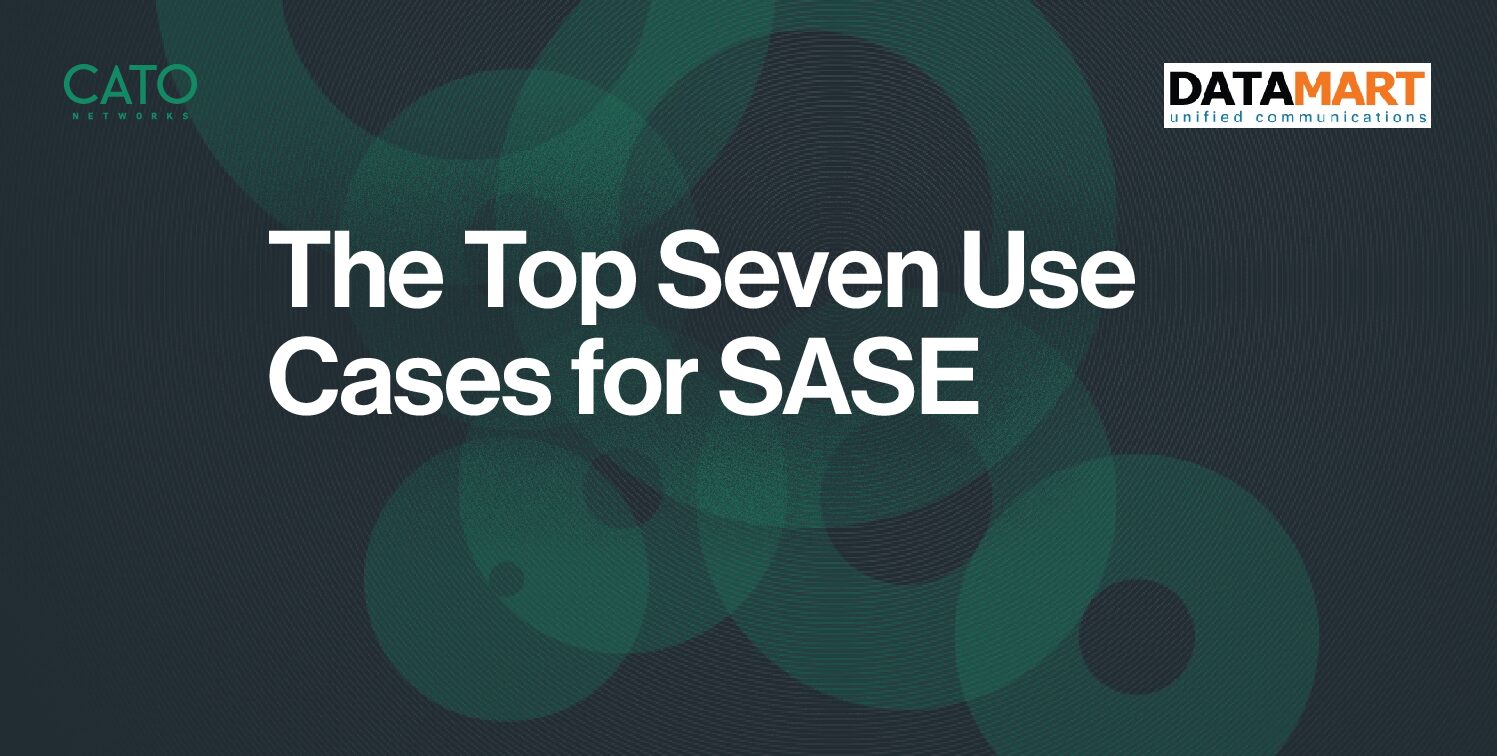The cybersecurity industry is well known for its buzzwords. Every year, a new word, phrase, or acronym emerges to describe the latest and greatest tool that is absolutely essential to an organization’s ability to protect itself against cyber threats. Recently, the focus has been on ‘security platforms’, which are intended to simplify security architectures by consolidating many security capabilities within a single solution. This approach can provide many benefits, but many of these so-called ‘security platforms’ lack the ability to meet the security needs of the modern business.
The Goal: Combining Many Security Functions Within a Single Solution
Companies face a variety of cyber threats, a problem that is exacerbated by the evolution of corporate IT infrastructures and the cyber threat landscape. With the rise of cloud computing, remote work, and Internet of Things (IoT) and mobile devices, cyber threat actors have many potential targets for their attacks.
Historically, companies addressed these new cyber risks by selecting security solutions that were targeted at solving a certain problem or closing a particular security gap. For example, an organization may augment firewall security solutions with the threat prevention capabilities of an intrusion prevention system.
However, this approach often results in complex, unusable security architectures. With many standalone security solutions, corporate security teams are overloaded with security alerts, waste time configuring and context switching between solutions, and must contend with security tools that have both overlapping functionality and leave visibility and security gaps.
With the cybersecurity skills gap making it difficult to attract and retain essential security talent, many companies are focusing their efforts on simplifying and streamlining their security architectures. Integrated security platforms are the new goal, combining many security functions within a single solution in an attempt to reduce or eliminate the challenges caused by security architectures composed of an array of standalone solutions.

The Optimal Architecture to Secure and Connect the New Enterprise Perimeters
Explore SASE and how it can address a range of common use cases with optimal user experience and without compromising security.
A Security Platform Needs to Meet a Company’s Security Needs
An effective security platform is one that is designed to meet the needs of the modern, growing corporate network. This includes the following capabilities:
- Product Consolidation: Product consolidation is the key selling point of a security platform since it allows organizations to eliminate the complexity and overhead of managing many standalone solutions. Security platforms should offer several security functions — such as a next-generation firewall (NGFW), zero-trust network access (ZTNA), intrusion prevention system (IPS), cloud access security broker (CASB), and more — and be managed and monitored via a single pane of glass.
- Universal Protection: The corporate WAN is rapidly expanding and includes on-prem, cloud-based, and remote devices. A security platform must be able to secure all of the corporate WAN without negatively impacting network performance, such as the latency caused by backhauling network traffic to an organization’s on-prem security architecture for inspection and policy enforcement.
- Scalable Protection: Corporate networks are growing rapidly, and the introduction of cloud infrastructure, IoT devices, and other endpoints increases the volume of traffic flowing over the corporate WAN. Security platforms must be able to scale to secure growing traffic volumes without negatively impacting network performance or requiring the deployment of additional solutions.
- Cloud Support: Cloud adoption is near-universal across organizations, and 80% of companies have deployed multi-cloud infrastructure. Cloud-based and on-prem infrastructure differs significantly, and security platforms should operate effectively and provide strong risk management across an organization’s entire IT architecture.
- Consistent Policy Enforcement: Consistently enforcing security policies across on-prem and cloud-based infrastructure is complex, especially in multi-cloud environments where different cloud providers offer different sets of security tools and configuration options. A security platform should enable an organization to enforce security policies across all of the environments that compose an organization’s cloud infrastructure.
The goal of replacing standalone security solutions with security platforms is to simplify and streamline security. To accomplish this, security platforms must meet all of an organization’s security needs. Otherwise, companies will need to deploy additional security tools to close gaps, starting the cycle over again.

The Top Seven Use Cases for SASE
Organizations finally have a way to address network issues with a single, simple cloud native solution.
SASE is the Ultimate Security Platform
Replacing an organization’s complex security infrastructures with an integrated security platform can be a significant challenge. With diverse environments, each with its own unique security needs and limitations, identifying and configuring a solution that is universally effective can be difficult.
Secure Access Service Edge (SASE) is the only security platform with a guaranteed ability to meet all of the security requirements of the modern business. Some of the key capabilities of SASE include:
- Cloud-Native Protection: SASE solutions are deployed within cloud points of presence (PoPs). SASE’s cloud-native design ensures that it can scale with the business and can secure corporate devices wherever they are.
- Converged Security: SASE solutions converge many network and security functions — including ZTNA, IPS, and firewall security functions — into a single solution. This convergence eliminates the complexity caused by standalone solutions and can also enable increased efficiency and optimization.
- Network-Level Protection: SASE secures the corporate network by sending all traffic through a SASE PoP en route to its destination. This ensures consistent security policy enforcement and management across all of an organization’s IT environments.
Cato provides the world’s most robust single-vendor SASE platform, converging Cato SD-WAN and a cloud-native security service edge, Cato SSE 360, including ZTNA, SWG, CASB/DLP, and FWaaS into a global cloud service. With over 75 PoPs worldwide, Cato optimizes and secures application access for all users and locations, and is easily managed from a single pane of glass. Learn more about consolidating and streamlining your organization’s security architecture with Cato SASE Cloud by contacting us today.
Source: By the Experts at Cato Networks
